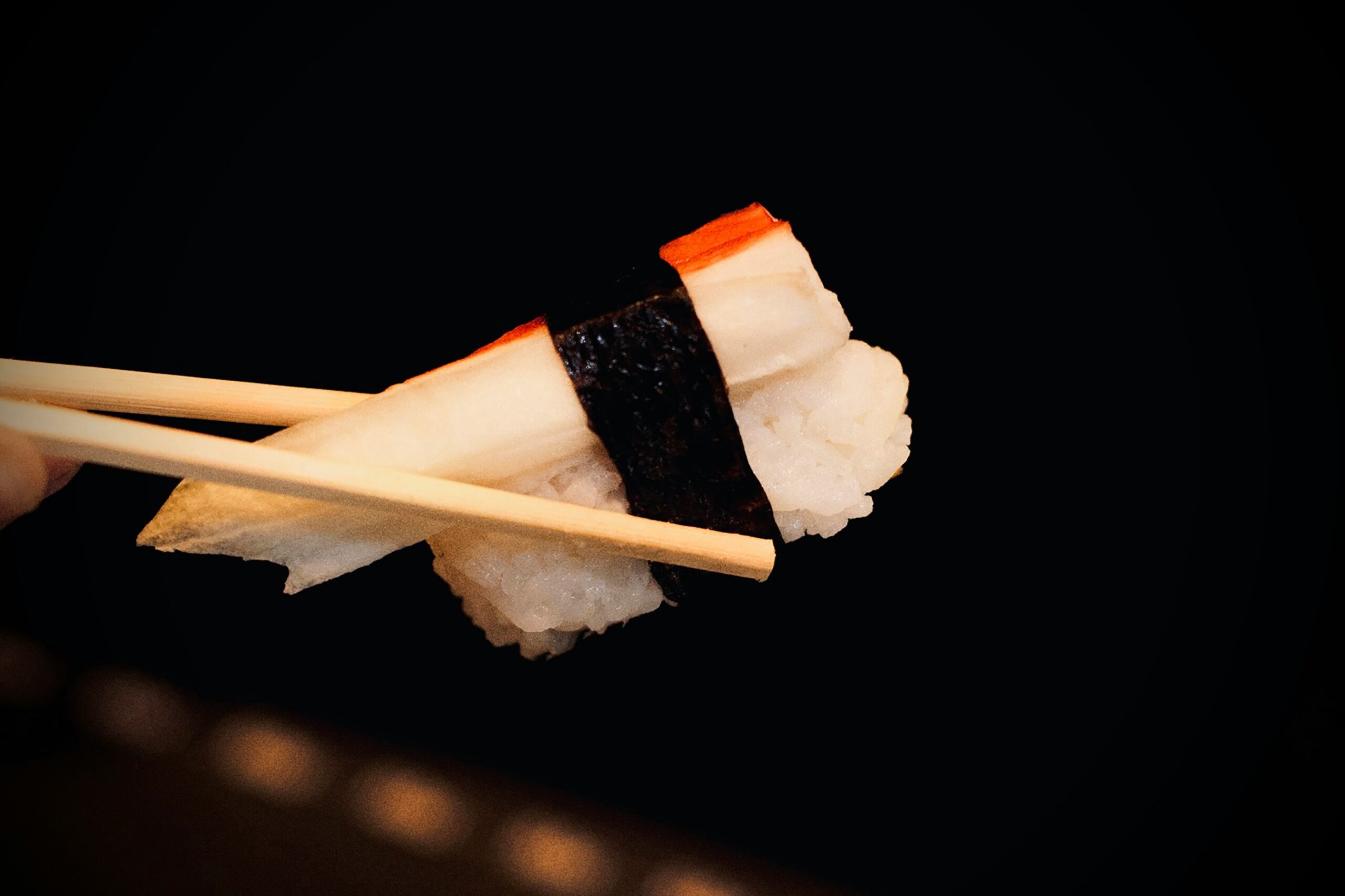Sushi, a culinary art form originating in Japan, has undergone significant transformations as it traversed continents. While traditional Japanese sushi emphasizes simplicity and purity, its American adaptations often showcase innovation and fusion. This article delves into the stark differences between these two interpretations, exploring their origins, ingredients, preparation methods, and cultural significance.
Origins and Philosophy
Traditional Japanese sushi, known as “Edo-mae” sushi, traces its roots back to the Edo period (1603-1868). Originally, it was a method of preserving fish by fermenting it with rice and salt. Over time, this evolved into vinegared rice paired with fresh fish. The essence of traditional sushi lies in its simplicity, focusing on the natural flavors of its ingredients without excessive embellishments.
In contrast, American-style sushi emerged as Japanese cuisine gained popularity in the United States during the mid-20th century. Chefs began adapting traditional recipes to suit local palates, leading to innovative creations that often incorporated non-traditional ingredients. This fusion approach reflects a broader trend of culinary adaptation and globalization.
Ingredients and Flavor Profiles
A defining characteristic of traditional Japanese sushi is its minimalism. The primary components include vinegared rice (shari), fresh fish or seafood (neta), and occasionally nori (seaweed). Common varieties are nigiri (a slice of fish atop rice), sashimi (slices of raw fish without rice), and maki (rolled sushi with seaweed, rice, and filling) . The emphasis is on the quality and freshness of the fish, with subtle seasoning to enhance natural flavors.
American sushi, however, often features a diverse array of ingredients. Rolls like the California roll, which includes avocado and imitation crab, cater to local tastes and preferences. Additionally, the incorporation of cream cheese, spicy mayonnaise, and deep-fried elements has become commonplace. These additions result in richer, more robust flavors that differ significantly from the subtlety of traditional sushi.
Preparation Techniques
In Japan, sushi chefs undergo rigorous training, often dedicating years to master the art. The process involves meticulous attention to detail, from selecting the freshest fish to perfecting the texture and seasoning of the rice. Traditional sushi is typically prepared with the nori on the outside, tightly wrapping the rice and filling.
Conversely, American sushi has introduced variations such as uramaki, or inside-out rolls, where the rice is on the outside and the nori inside. This adaptation was initially made to cater to Western aesthetics, as diners were less accustomed to the texture of seaweed on the exterior. Furthermore, American sushi chefs often experiment with presentation, incorporating vibrant colors and elaborate garnishes to appeal to the visual senses.
Cultural Significance and Dining Etiquette
Sushi in Japan is not merely a meal but a cultural experience. Dining etiquette is deeply rooted in tradition; for instance, wasabi is typically applied by the chef between the rice and fish, and additional soy sauce is used sparingly to avoid overpowering the delicate flavors. Sushi is often eaten with the fingers, and appreciating the chef’s craftsmanship is an integral part of the experience.
In the United States, sushi dining is more relaxed and varies widely. Diners commonly use chopsticks and may mix wasabi into their soy sauce, a practice less common in Japan. The atmosphere in American sushi restaurants range from casual to upscale, reflecting the cuisine’s fusion into mainstream culture.
Conclusion
The journey of sushi, from its traditional Japanese roots to its American adaptations, exemplifies the dynamic nature of culinary evolution. While traditional sushi emphasizes simplicity, purity, and a deep respect for ingredients, American-style sushi showcases creativity, fusion, and a willingness to experiment. Both interpretations offer unique experiences, catering to diverse palates and preferences. Understanding these differences enriches our appreciation of sushi as a global culinary phenomenon.
The Evolution of Sushi: Contrasting Traditional Japanese Sushi with Its American Counterpart

Leave a Reply